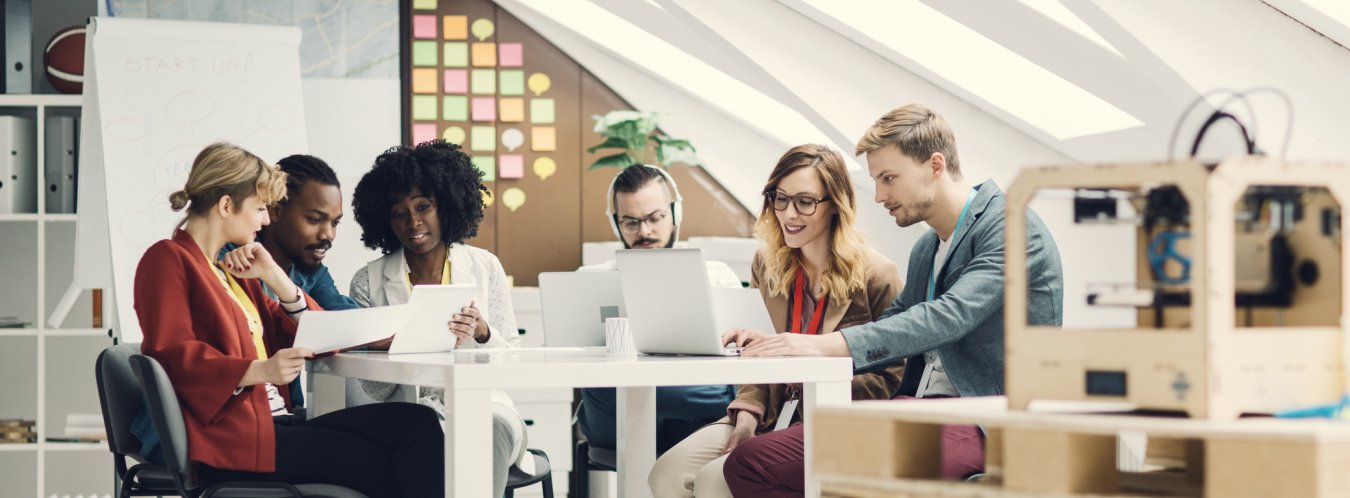Introduction
Hi! My name is Sian, and I am a soon to be second-year student at the University of Southampton. During this summer I wanted to challenge myself – in the form of an internship (which I had never done before!) to further improve my professional and academic skills. In July I started an internship with the Digital Learning Team at the University, not really knowing in the beginning, what it would involve, or how it would progress. Upon starting the Internship, I knew very little about accessibility and how it should be integrated within University work, mostly in regard to the key role that it should play when creating content. In the beginning we started with icebreakers and training, which then led onto remediating modules for lecturers as the weeks progressed. This unique internship had its own challenges but the outcome in terms of experience and skills learnt was invaluable.
The format of the internship
I am one of five interns working with Blackboard (a virtual learning environment) to improve the accessibility of modules at the university. At the beginning of the summer, when I started this internship, a tool called Blackboard Ally was rolled out to students and lecturers alike. For the students, it allows the downloading of course content in all kinds of accessible formats, such as Electronic Braille and ePub. From the lecturer’s perspective, it provides an ‘accessibility score’ and a summary of their content, together with tips on how to improve their files. With the help of Ally and Microsoft Teams, we were tasked with working towards improving the lowest scoring files, helping to increase the accessibility score of them!
At the start of the internship, we did lots of accessibility training, as well as meeting the team and doing lots of team building activities! Touching base three times a week in ‘stand-ups’ and weekly meetings, with agendas providing structure, really allowed us interns to work as a team alongside our managers, which was something I had never experienced before!
Remediation
Starting the remediation felt like I was going to actually make a difference! After contacting the lecturers, confirming their engagement about the project and getting access to their courses, it was time to start editing their content to make it more accessible.
I started off on a History course and decided to start by improving the content where Ally indicated there were ‘quick wins’, which is where there is something easy to fix for the highest score increase. In amongst this category are things like adding alt text to an image (text that screen readers can read out to describe an image) and adding styles to word documents which gives the document a structure.
Coming from a Computer Science background, I knew nothing about the old paintings I had to add alt text to, and had to use my initiative to come up with descriptions. A combination of reading through the module notes, as well as using reverse image search allowed me to be able to describe the images correctly and accurately.
For the latter, styles are used to allow screen readers to be able to navigate the content with ease, as well as help structure the content for anybody that needs it. They can also be used to create an easy, but linkable contents page at the top of a word document, making them useful to everyone. To add styles to these documents you can add heading levels, with heading 1 being the title and the later headings falling under heading 2,3,4 or 5 depending on the depth. This is a lot better than just making the titles bold and underlined due to the navigation benefits mentioned earlier, and you can also modify the heading styles to look any which way you’d like!
Next, I tried to sort out the severe issues, this was because these issues can cause massive problems to anybody trying to access the content. Some generalised issues that can be flagged up as severe are untagged PDF’s (either downloaded from a library source or scanned in from a book) or images that can cause possible seizures. To fix the former you can try and locate the source files within the library’s website. Then you can link the source file within the Ally software, so that students would be able to find them with ease. This is made a lot easier due to Ally having a feature where you can cite content via a link, as well add the publishers and relevant pages/chapters. For the latter, you can replace it with another relevant image, or remove it, which is best discussed with the module lead.
Other challenges
Other problems we have discovered as a team were pictures of forms that weren’t editable, which would usually arise from lecturers wanting to show students what a form looks like, or to use it as a printout, but to a screen reader would be very inaccessible. As well as this we came across photos of slide numbers over slide numbers (which flag up as missing alt texts) and contrast issues with graphs and PowerPoint slides alike! All these problems were solved through discussing them in meetings, chatting with professionals and conversing with lecturers.
Reflection
Sitting at the end of the internship and looking back, I can definitely say that I have learnt a lot, but not only in terms of accessibility. I have also improved other transferable skills that I can take into my future, like communication (not only with my team and managers, but with lecturers) and problem solving. The fact that 15% of the global population, according to WHO, live with a disability and 13.1% of students at the University disclosed a disability in the academic year of 2020-2021, it is more important than ever to include accessibility in our resource creation. The challenges along the way, and the progress made is hopefully a good indication of the progress of accessibility at university in the future.


